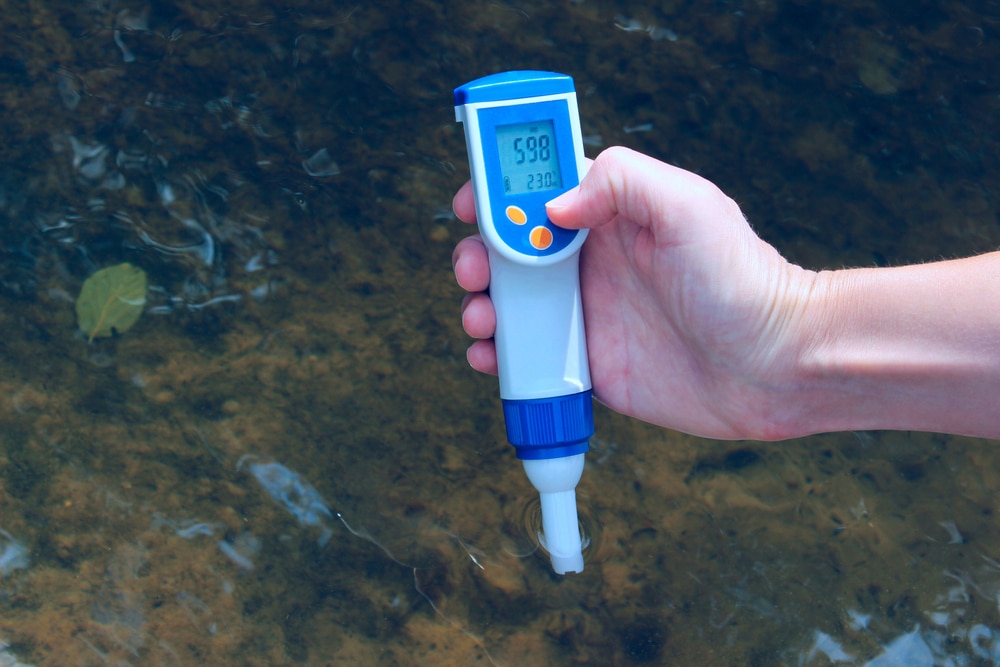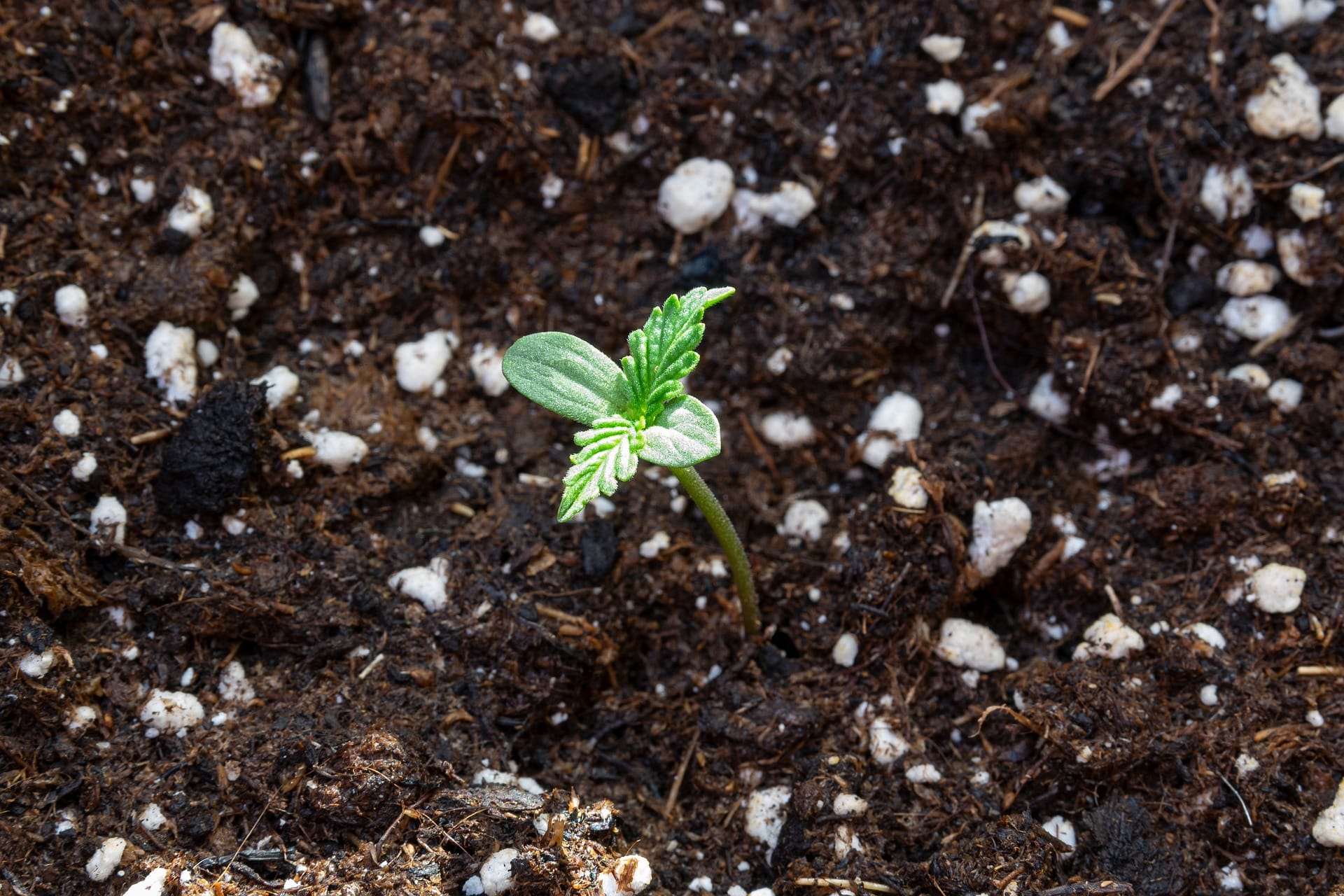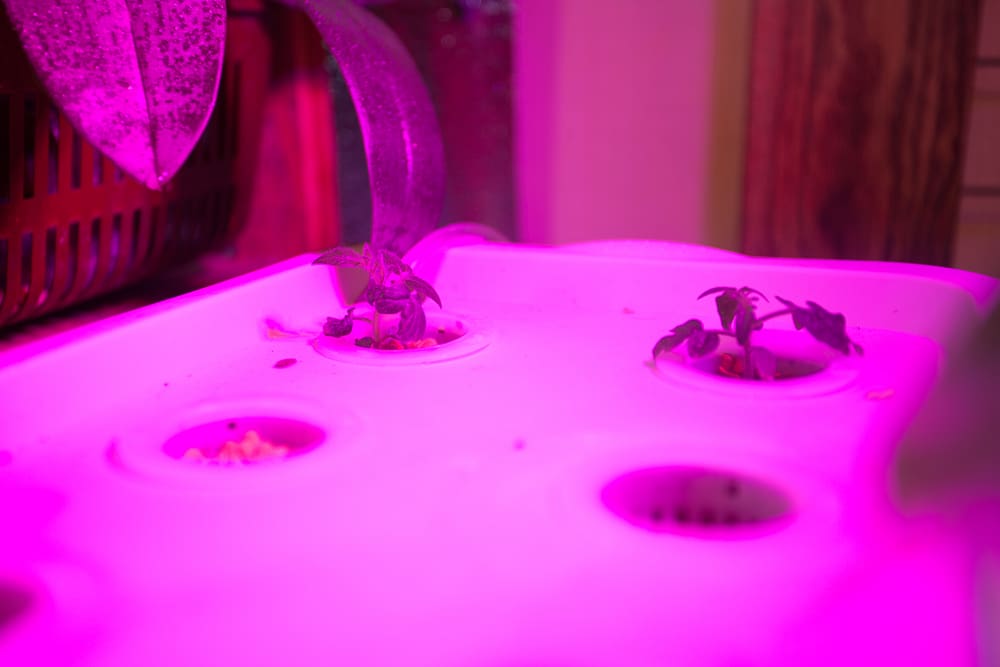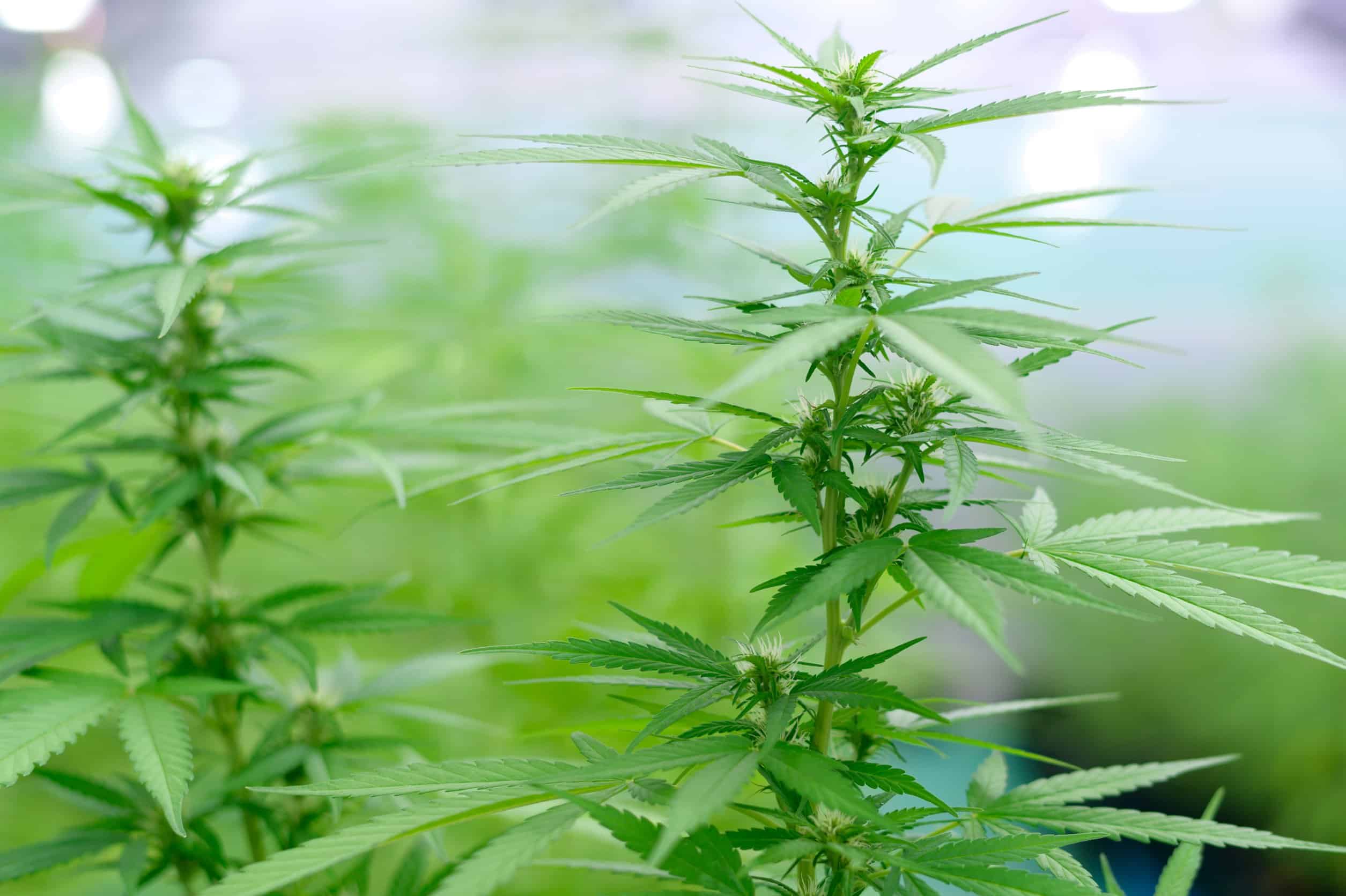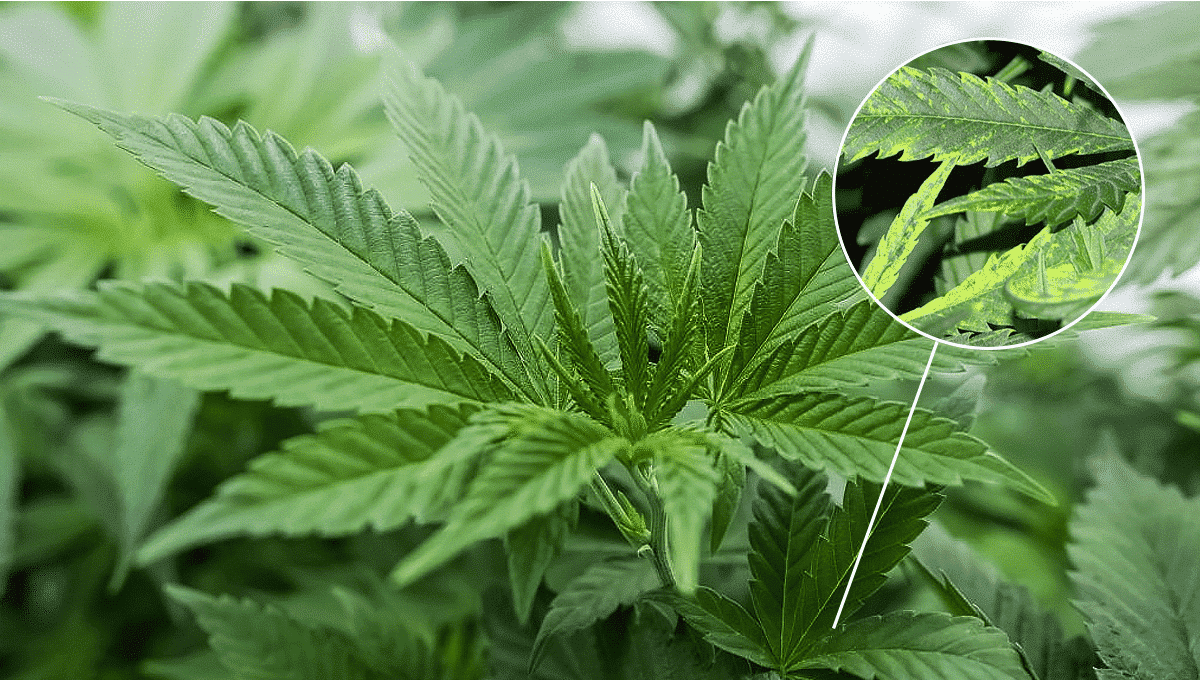No products in the cart.
Marijuana Education
The Optimal Soil pH for Cannabis Cultivation
Maintaining the optimal pH value for your cannabis plant impacts its overall health. Today, we’ll discuss everything you need to know to adjust the pH levels of your plants.
The value influences whether roots absorb nutrients, develop, and produce large harvests. Finding the balance is the easiest way to get the most from your cannabis crop.
Ready to curtail nutrient troubles and grow prolific weed? Join us to learn how to take a pH reading and its vital role in cannabis cultivation. We’ll also talk about what it means for your cannabis crop health, and how to maintain optimal levels.
Understanding the importance of pH for crop growth
The best pH for cannabis growth is crucial because it keeps plants well-nourished. Since food fuels development, you can’t have big crops or sticky buds without it.
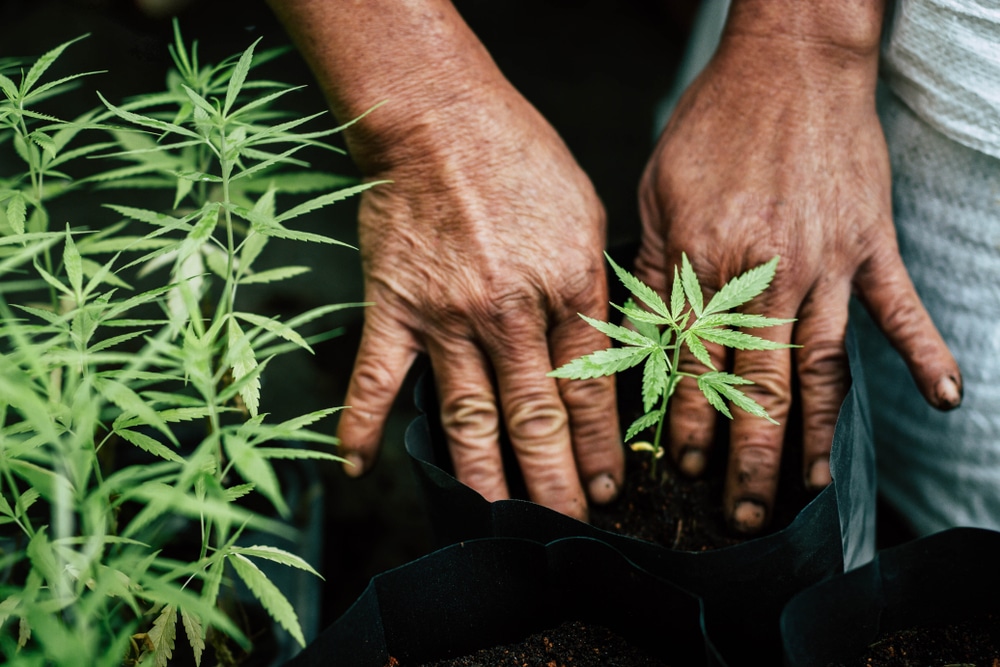
Role of pH in plant health
When you grow cannabis, nutrient from the soil help the plants thrive. Use pH ranges to determine whether the roots can access these nutrients. When it’s out of the ideal range, the plant starves, wilts, and dies.
The effects of improper levels on cannabis
Below are the effects of incorrect conditions.
- Nutrient deficiencies: Even if you’re feeding your crop well, it cannot access what it needs.
- Nutrient toxicities: As some nutrient levels drop, others rise and cause toxicity, harming the plant.
- Plant illness: Plant goes limp, discolored, and slow-growing without ample food.
The ideal range for marijuana: An overview
Cannabis plants are relatively resilient, but it’s essential to maintain the perfect pH levels for top results. Unfortunately, the optimal pH range for cannabis is relatively small.
When growing in soil, aim for readings between 6.0 and 7.0 for cannabis. In hydroponics and coco coir, between 5.5 and 6.5 is a preferred pH for your crop.
The basics of levels
Before we explore the precise pH for growing cannabis, it’s crucial to understand what the term represents. So, let’s get down to basics.
What is pH?
It is the measure of how acidic or alkaline a substance is.
Definition of pH
The potential of hydrogen (pH) measures the acidity or alkalinity of liquid solutions. It represents the concentration of hydrogen ions in a solution, and we express it on a 0–14 scale.
While it relates to liquids, we can also measure the pH in any growing medium. To do so, we mix a soil sample (or other medium) with water. You’ll measure pH in water from this combination.
The scale: Acidic, neutral, and alkaline
The pH scale depicts acidic, neutral, and alkaline values. Here is how to assess the readings and the actions to take.
- pH of 7 is considered neutral. This is the suggested pH level of the growing cannabis.
- The pH is too low if the reading is under 7. Raise the pH for improved conditions. An easy way to do this is to add pH adjusters to the water used for your plants.
- The pH is too high when the reading is above 7. Lower pH by flushing with distilled water.
It’s crucial to increase or decrease pH levels in your growing medium to help your plants grow to their full potential. If the reading isn’t in the desired pH range for cannabis plants, understand how to change it accordingly.
How readings impact nutrient availability in cannabis
The alkalinity or acidity levels affect nutrient availability in cannabis by making minerals (un)available to the root zone. As a result, the right pH is vital for plant feeding and survival.
Nutrient absorption at different pH levels
Nutrient availability changes with the level of the solution they’re in. Most cannabis nutrients get absorbed in slightly acidic environments.
Since nutrient availability varies per mineral, growers should allow some changes in pH within the ideal range for cannabis.
Implications for plant growth
Use a pH meter to monitor the conditions regularly. The right pH level allow plants to feed and reach the expected growth and flowering rates. Harvest-hindering nutrient deficiencies follow excessive acidity or alkalinity.
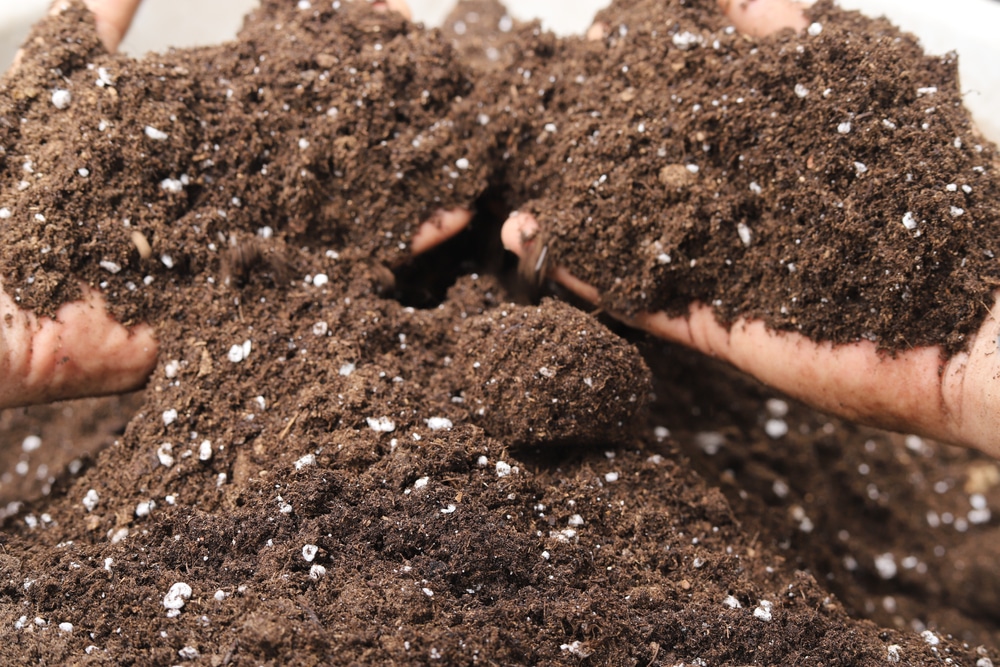
The ideal readings for different stages of growth
Each stage of a plant’s growth cycle has require adjusting Ph for cannabis. Let’s discuss the accurate pH levels for seedlings, vegging, and flowering marijuana.
Seedling stage
Seedling health issues often revolve around excessive or insufficient watering and light exposure. High pH affects the plants at this stage, causing significant problems.
Recommended range
The recommended range for seedlings is 6.0–6.5 in soil and 5.5–6.0 in hydroponics. All nutrients necessary for early growth are accessible in these conditions.
Possible problems
An imbalance causes problems like nutrient deficiencies, burns, and toxicities. These issues result in yellowing, stunted growth, and sometimes plant death.
Vegetative stage
Plants in the vegetative stage use plenty of fertilizer for explosive green growth. To make the most of it, Ensure that you maintain the recommended pH of your growing medium.
Recommended range
The ideal levels for vegetative plants is 6.2–6.5 in soil and 5.5–6.0 in hydroponics. If the pH level is too low, it can lead to nutrient lockouts.
Signs of trouble
Imbalances in the vegetative stage induce symptoms of nutrient deficiencies. Think leaf drooping, overall discoloration, and slow, stunted growth.
Flowering stage
Fluctuations in flowering direct the energy away from bud production. Since you don’t want that, measure and adjust the pH accordingly.
Optimal readings for flowering cannabis
The ideal pH for flowering cannabis is 6.5–7.0 in soil and 6.0–6.5 in hydro. Blooming nutrients increase in availability in near-neutral environments.
How changes can affect bud development
Cannabis plants need nutrients to produce buds and cover them in sticky trichomes. Changes in conditions can make food unavailable and slow down flowering. Keep it ideal for the biggest, stickiest yields.
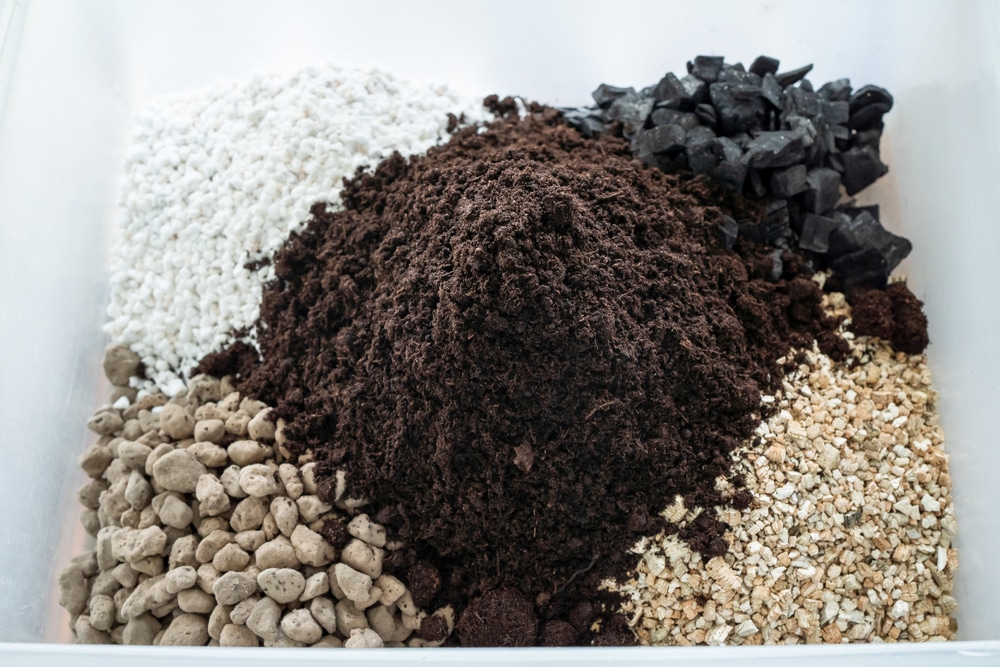
Adjusting and maintaining soil pH levels
Optimal conditions result in more nutrients to the cannabis plant. In turn, you can expect a higher yield of quality cannabis. The key to this maintenance is to regularly test the pH level.
Tools needed for management
Any worthwhile list of cannabis growing supplies contains a digital pH meter and pH adjusters. pH meters and stir plates allow you to test the levels and determine if you need to adjust the pH accordingly.
pH test
pH testers come in three versions available in most gardening stores:
- pH drops: You take a water sample and place the prescribed number of drops within it. It changes its shade, and you compare it to a color chart to pinpoint the pH levels of your soil.
- pH strips: You dip the strip into a water sample, and it changes its color according to the pH. A color chart helps you identify the value.
- pH meters: You calibrate the tool, dip the tip into a water sample, and swirl it for several seconds. Its pH shows on the screen.
pH-Up and pH-Down solutions
Correct the readings outside the optimal level for marijuana with pH-Up and pH-Down. These solutions contain chemicals that bring the water pH up or down. Follow the manufacturer’s use instructions and pour slowly, as they’re often strong.
Organic amendments for pH control
Beyond chemicals, you can treat your medium with organic matter to change its pH:
- Baking soda, dolomite lime, eggshells, and wood ash increase the pH level.
- Lemon and lime juice, vinegar, and compost decrease the pH level.
How to adjust pH
What if your medium reading is above or below the optimal for marijuana? Use your pH solutions to bring it back to optimal.
Methods for lowering pH
To lower the pH, add pH-Down or citrus to your nutrient solution or treat the medium with compost. In both cases, check the readings of the runoff to see whether you got it right.
Methods for raising pH
To raise soil pH, add pH-Up to the water-fertilizer mix or treat the medium with dolomite lime. Check the runoff and add more until you return it to the correct range.
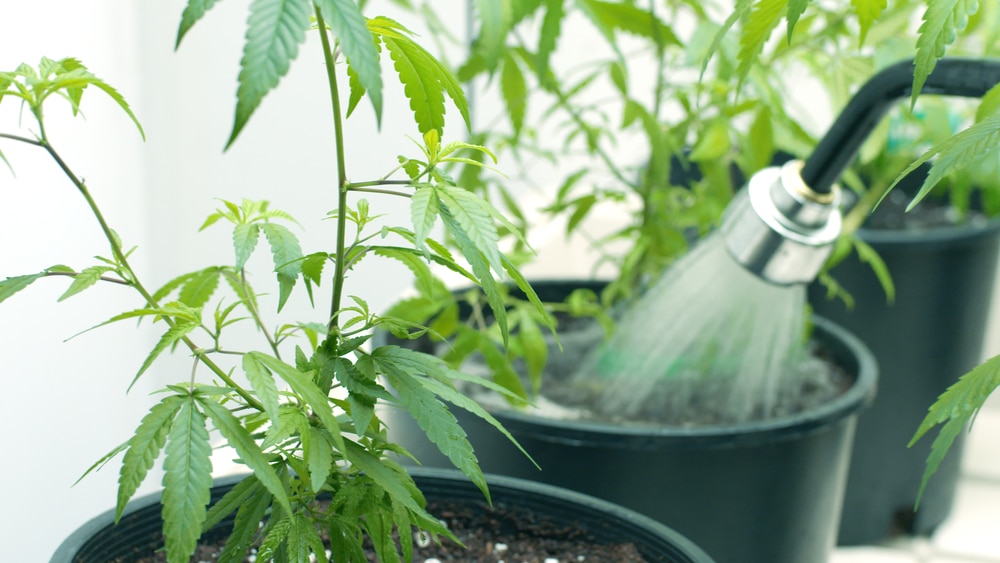
Techniques for maintaining the recommended pH levels
Prevention is better than cure, so here’s how to maintain the ideal conditions for your plants.
Testing and adjusting the pH regularly
The best way to prevent excessive pH fluctuations is by regular testing and tweaking.
Test the pH every time you feed your crop. Check your water-nutrient solution to see whether either ingredient is acidic or alkaline. Don’t disregard the runoff, either: the cause of imbalances sometimes lies in the soil.
Understanding the impact of watering and nutrient feeding on pH
Water and nutrients affect the soil composition. They must have the appropriate pH levels to keep the root zone comfortable.
Use a slightly acidic moisture source for watering weed. Most tap water is alkaline, so treat it or pick reverse-osmosis or distilled options.
Most cannabis nutrients are acidic, so they drive down the pH level. Expect it to be the lowest after the feeding, rising as the days pass.
Composting and other organic methods for stable pH
Composting is helpful because it supplies plants with a steady food source. It also balances the soil, reducing fluctuations and nutrient issues. The plants feed at a broader pH range because microbes make nutrients available to the roots.
Troubleshooting pH issues in cannabis plants
The pH issues in cannabis are insidious, starting small and swiftly growing in severity. Here’s how to diagnose and fix them.
Common signs of pH imbalance in marijuana
Signs of an imbalance include leaf patches, spotting, and deficiency symptoms.
Visible signs of pH stress
Plants facing pH stress exhibit brown or tan spotting on the leaves. These marks begin as patchy and spread as the issue persists. Sometimes, you may also notice interveinal chlorosis. It makes the leaf blade go yellow, but the veins stay green.
How imbalances can mimic nutrient deficiencies
Imbalances often mimic nutrient deficiencies. That’s because the two have a shared cause: a lack of food coming through the roots. Symptoms include discoloration, abnormal leaf shapes, and stunted growth.
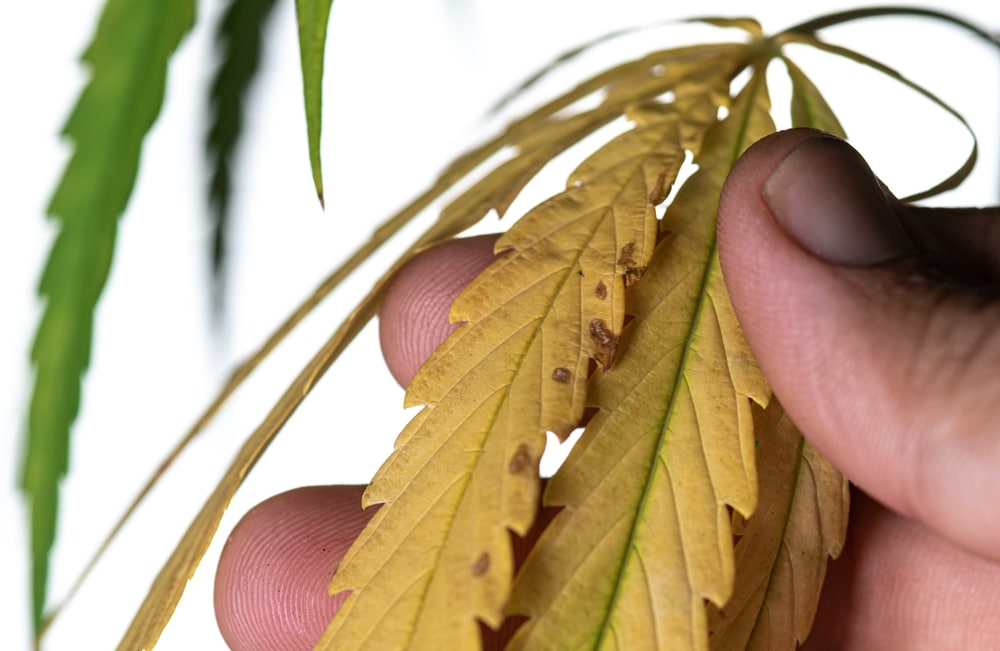
Steps to correct pH issues in cannabis plants
Here’s how to address these issues and re-establish the ideal level for your crops.
Identifying and diagnosing pH problems
A correct diagnosis is half the battle won with cannabis health issues. Measure the water, nutrient solution, and runoff pH once you notice the symptoms from above. That way, you catch imbalances in any part of your system.
Immediate steps for correcting an imbalance
You’ve caught an imbalance, so now what? Flush the medium and establish the preferred pH level. You can also remove the affected foliage.
Marijuana flushing isn’t only for pre-harvest days. It’s an efficient way to clean up excess salts, nutrients, and hydrogen ions from the soul. It sets a pH-neutral canvas for you to re-optimize.
Let the soil dry for a day after flushing. Then shower and feed your crop with pH-balanced water and nutrients.
Long-term strategies for pH management
How do you nip pH issues in the bud? By using pH-optimized water, nutrients, and soil.
Sow your seeds in quality soil enriched with compost and beneficial microbes. Maintain a consistent weed feeding schedule using quality nutrients. Most importantly: check the pH regularly, not only when the crops develop symptoms.
Expert tip: Outdoor growers may face pH imbalances due to acid rains. Treat the soil with compost to reduce fluctuations and add pH-Up if needed.
Conclusion
The pH can make or break your growing operation. Luckily, it’s easy to manage and maintain with some know-how. Let’s reiterate the final points made in this guide.
Recap of the importance of maintaining optimal pH for cannabis
The best pH for growing cannabis matters for garden health and development. After all, your crops can’t feed in super acidic or alkaline environments.
pH management ensures you waste no cent on fertilizer that goes unused. It also reduces the risk of nutrient issues and supercharges vegging and blooming. It’s a skill shared by successful growers everywhere, and you’re now one of them.
Final thoughts on cannabis pH management and successful cultivation
Master the art of pH management for healthier, higher-yielding marijuanas. Don’t let the chemistry talk overwhelm you. It’s a straightforward and worthwhile task.Why not put the theory into practice? Visit our shop, buy quality seeds, and grow beautiful buds at home.


